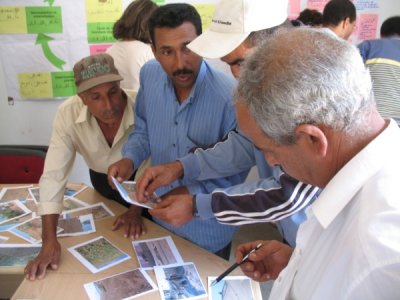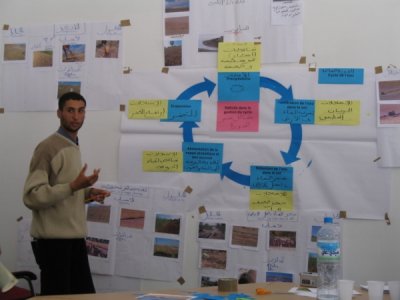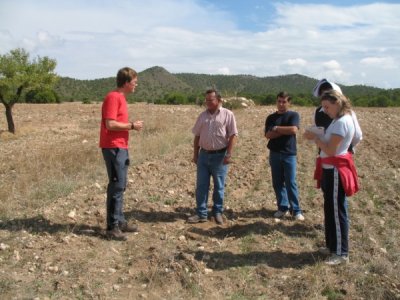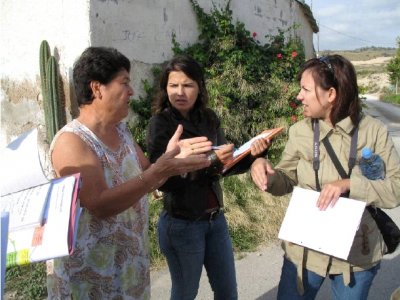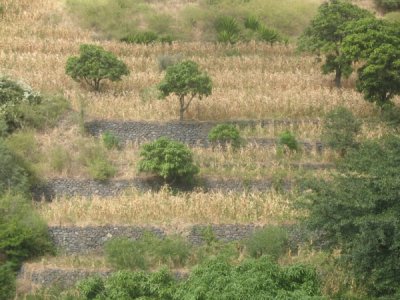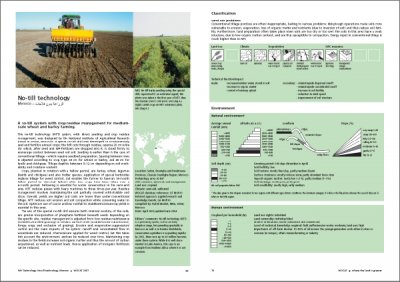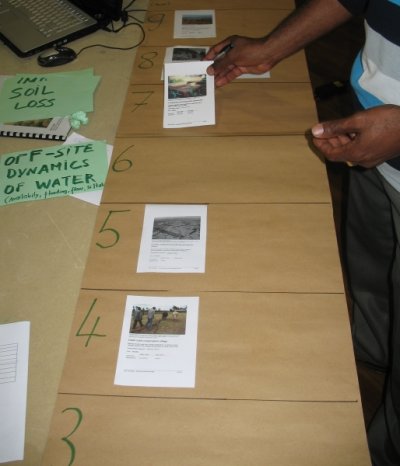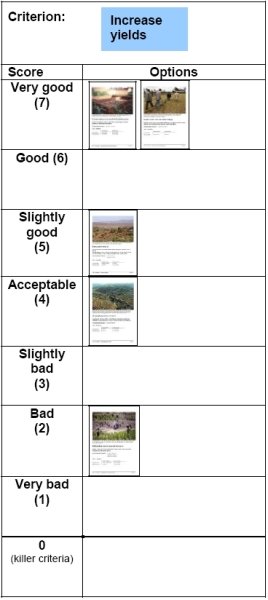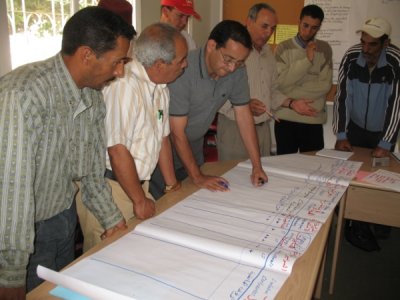|
Research theme coordinator: Centre for Development and Environment, University of Berne
... in collaboration with all the study site teams:
APPRAISING AND SELECTING SUSTAINABLE LAND MANAGEMENT STRATEGIES: A methodology based on stakeholder participation and global best practices
Imagine you are an agricultural advisor and you need solutions to:
We have developed a three-part procedure for identification, assessment and selection of strategies.
»1: Identifying sustainable land management strategies Identify existing and potential sustainable land management strategies using a participatory learning approach (Stakeholder Workshop 1)
Evaluate, document and share strategies with standardised questionnaires
»3: Selecting strategies for field testing Select the most promising strategies with a decision support tool (Stakeholder Workshop 2)
This is a coherent and comprehensive process
With the approach proposed here, it can be hypothesised that the measures selected are ecologically effective, socially acceptable, and financially viable, and thus have a high chance of successful implementation!
|
||||||||||||||||||||||||||||||
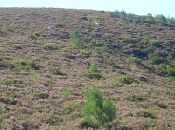
Acknowledgement
The DESIRE project was
|
DESIRE brought together the expertise of
26 international research institutes
and non-governmental organisations.
This website does not necessarily
represent the opinion of the
European Commission. The European
Commission is not responsible for
any use that might be made of the
information contained herein. 
 3. Potential strategies
3. Potential strategies
